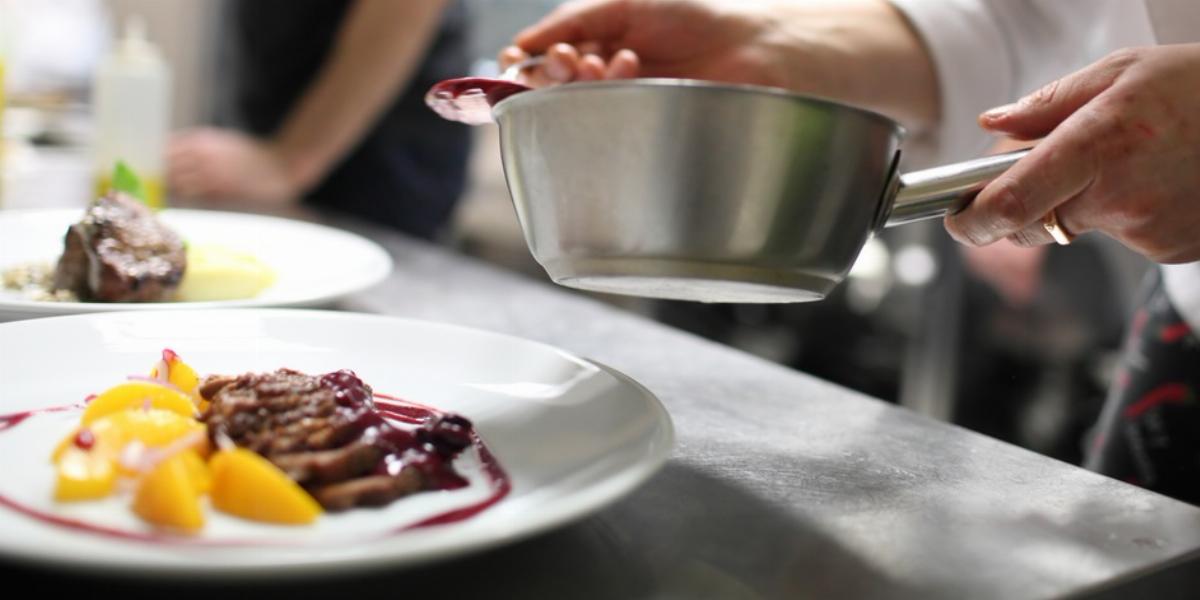
One in seven Americans struggles with food insecurity, often not knowing where their next meal will come from. Yet, we also send 40% of our food to the landfill every year.
Food waste is a huge issue in the United States. Not only is there a need for that food in communities across the country, but when it rots away in landfills, it is a major contributor to greenhouse gas emissions. That’s why Robert Lee founded Rescuing Leftover Cuisine. This non-profit operates in multiple locations around the U.S., picking up leftover food and redistributing it to homeless shelters.
Growing up in an immigrant family, Lee understood what it meant to struggle to make ends meet. While attending New York University, he worked at an organization called Two Birds One Stone that delivered leftover food from the dining hall to homeless shelters. After graduation, he accepted a position at J.P. Morgan Chase & Co. but eventually left to continue his work of preventing food waste and feeding the hungry by founding Rescuing Leftover Cuisine, Inc.
To date, more than 1.7 million pounds of food has been recovered by Rescuing Leftover Cuisine. That’s enough to create 1.4 million meals for people in need, and the movement is only growing stronger.
Rescuing Leftover Cuisine partners with restaurants, catering companies and grocery stores to collect excess food. The items are then taken to nearby shelters, putting what would have become food waste to good use in the community.
“Usually it’s whichever organization is close or within the area. We always try to make our food rescues a half hour or a little less. So trying to find places that are in the area where we have food business partners is key. We try and match organizations based on what food they need the most and what they will accept.”
Margarita Simon | Community Outreach Director, Rescuing Leftover Cuisine
RLC’s food partners have scheduled pickup days, but they can also report excess food via a web app. All pickups and deliveries are done by volunteers using crowdsourced transportation whenever possible.
Most food can be donated as long as it follows FDA guidelines. Simon explains that “the only thing we ask is that the food is actually either prepared that day, or it’s been stored properly so we can pick up and drop off with no issues. We accept pretty much anything.”
All fresh and prepared food has to be properly stored and kept out of the “Danger Zone” defined by the United States Department of Agriculture. Food that has been served cannot be donated, which includes plated meals at a table and food set out at a buffet.
Accepted Packaging for Donated Food:
Pro Tip: Label the food with the date it was made and packaged. If you don’t have a pickup scheduled with Rescuing Leftover Cuisine or another organization that day, they will want to know when the dishes were prepared.
If you operate a food business and would like to volunteer with an existing chapter or start up a branch of Rescuing Leftover Cuisine in your city, it’s easy to get up and running.
“The process is fairly simple to work with us. All we need are times and days for volunteers to come by, and a signed agreement. When we have someone interested that has the time to commit to leading a branch with food partners and shelters that match with each other, that’s when we start a branch.”
Margarita Simon |Community Outreach Director, Rescuing Leftover Cuisine
Rescuing Leftover Cuisine currently operates in 17 different locations spanning from San Francisco to Amarillo, Texas to Washington DC. What started out in New York City has quickly spread, with people connecting to their mission and goals. When it comes to cities where RLC is looking to expand this year, Simon explained that “there are a lot of people who are interested, but are still going through the process and whether it will work for them logistically.”
All that’s needed to open a chapter is a volunteer who is passionate about reducing food waste in their hometown. Ready to join the movement? Read our tips on donating food from your restaurant, or start up a chapter of your own.
What is your organization doing to curb food waste? Let us know in the comments below!